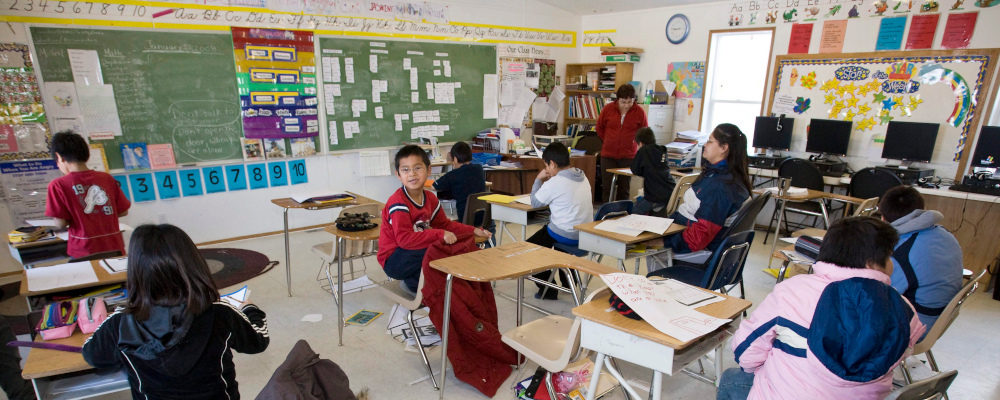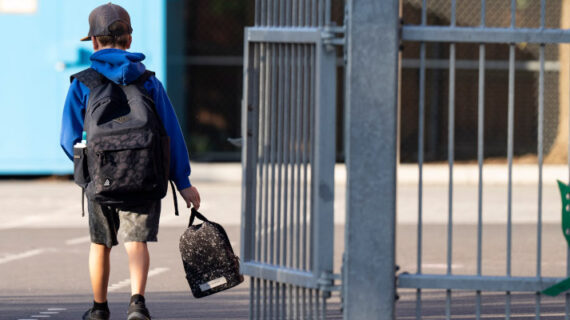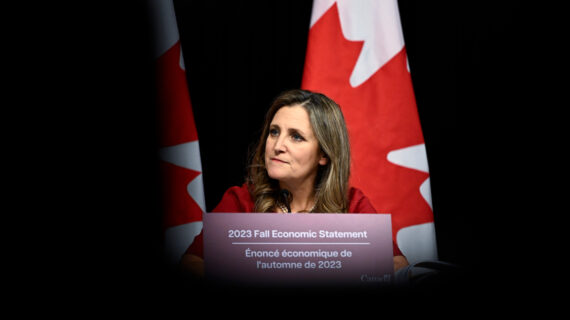Revelations of a class action lawsuit over horrific alleged abuses at a Saskatchewan independent school1Saskatchewan Children and Youth Advocate launches investigation into independent schools after abuse allegations https://globalnews.ca/news/9094582/saskatchewan-children-and-youth-advocate-launch-investigation-into-abuse-allegations-at-independent-schools/ have led to renewed calls to end taxpayer funding for the entire sector.
But that’s not really a solution to anything.
Defunding independent schools would just concentrate control of education in fewer hands. It deprives parents and communities of a more direct role in learning. And it limits options for students simply based on their address.
Saskatchewan is much better off with a pluralist education system. This involves local-district, separate, francophone, and independent schools operating side by side.
Frankly, Saskatchewan should be applauded for continuing on the path of innovation it started in 2012 when it began partially funding Qualified Independent Schools (QIS). Right now, the QIS sector accounts for 21 of the province’s 64 independent schools. They educate about 2,000 of Saskatchewan’s approximately 185,000 students. These are non-profit schools that follow provincial curriculum, employ professionally certified teachers, provide approved programs, follow the minister’s accountability framework, are inspected, and submit financial statements.
Saskatchewan offers just under $6,000 per QIS student annually, far less than $14,000 per student allocated for the typical neighbourhood school—saving taxpayers considerable funds.
This mix of funding does at least three key things for Saskatchewan families and kids.
First, it helps families find alternatives when their catchment school just isn’t the right place for their child. No two kids are the same. Learning styles and needs vary. A system that funds and recognizes only one type of school—the typical government-run variety—is unable to meet the full spectrum of student needs. Independent schools stand in the gap to meet particular needs or offer innovative educational approaches.
We also know that the right fit between school and student makes a measurable difference. Controlling for family background and income, a Cardus study found that students who fit well with their independent school scored five to nine percentile points higher in standardized math and reading tests than those who didn’t fit well.2A Good Fit: How Matching Students and Schools by Religion Improves Academic Outcomes https://www.cardus.ca/research/education/reports/a-good-fit/
Second, Saskatchewan’s independent school funding makes education more equal for everyone. When alternatives to catchment schools are more affordable, lower and middle-income families are able to access innovative schools that meet needs or fill in gaps that the government-run system can’t. Or won’t. These alternatives shouldn’t just be the privilege of the wealthy. Public funding makes sure they aren’t.
In a major international study, the Organization for Economic Co-Operation and Development found that in countries where independent schools get more public funding, there are smaller socio-economic differences among students at all schools.3Public and Private Schools: How Management and Funding Relate to their Socio-economic Profile http://dx.doi.org/10.1787/9789264175006-en
In other words, as public funding makes independent schools more affordable, the mix of incomes, backgrounds, and neighbourhoods represented at independent schools starts to look a lot like what you get at government-run schools.
Not surprisingly, public funding for independent schools is the norm in three out of four countries worldwide, including places as diverse as Australia, Sweden, the Netherlands, and Israel.
Finally, educational pluralism contributes to social cohesion.
Opponents have said the opposite for so long that many of us have believed it. But the fact is, independent schools help form students into good citizens. There have been dozens of studies on schools’ contributions to good citizenship. Out of 86 statistically significant findings, 50 showed a clear independent-school advantage towards civic formation and contribution; only three showed an advantage for government-run schools. The independent school advantage comes in terms of students’ political knowledge, civic skills, higher levels of voting, volunteering and charitable giving, and respect for civil liberties and others’ opinions. This is confirmed by a decade’s worth of data from the Cardus Education Survey—the largest reliable, representative dataset of independent school student outcomes in Canada, the United States, and Australia.4Many Educational Systems, a Common Good https://www.cardus.ca/research/education/reports/many-educational-systems-a-common-good/
Despite the rare, tragic anecdotes that make headlines, when including all independent schools, the data reveals an international record of overcontributing to the common good.
Funding independent schools makes good-fit alternatives available, makes education more equal for everyone, and contributes to social cohesion. Everyone wins.




